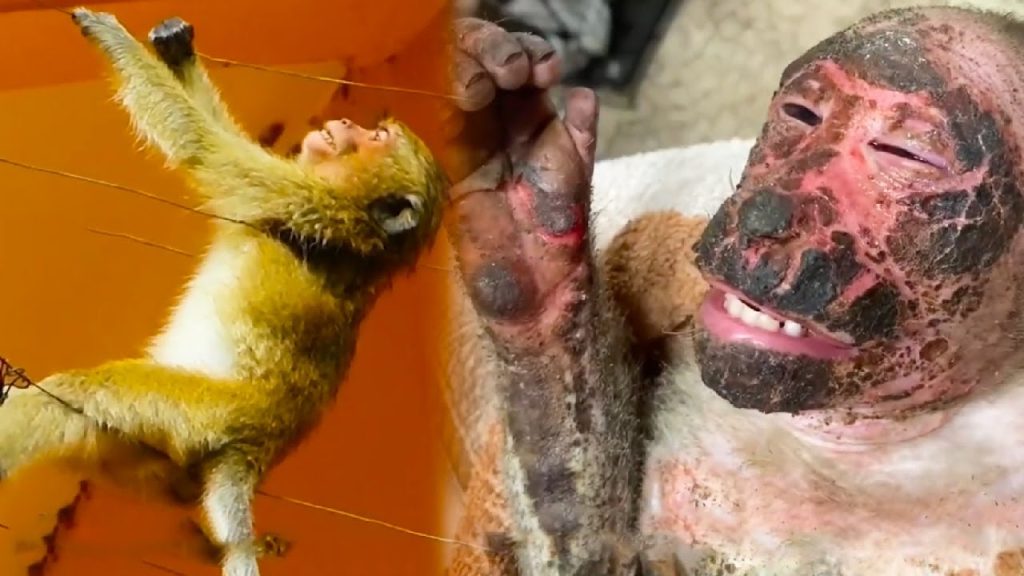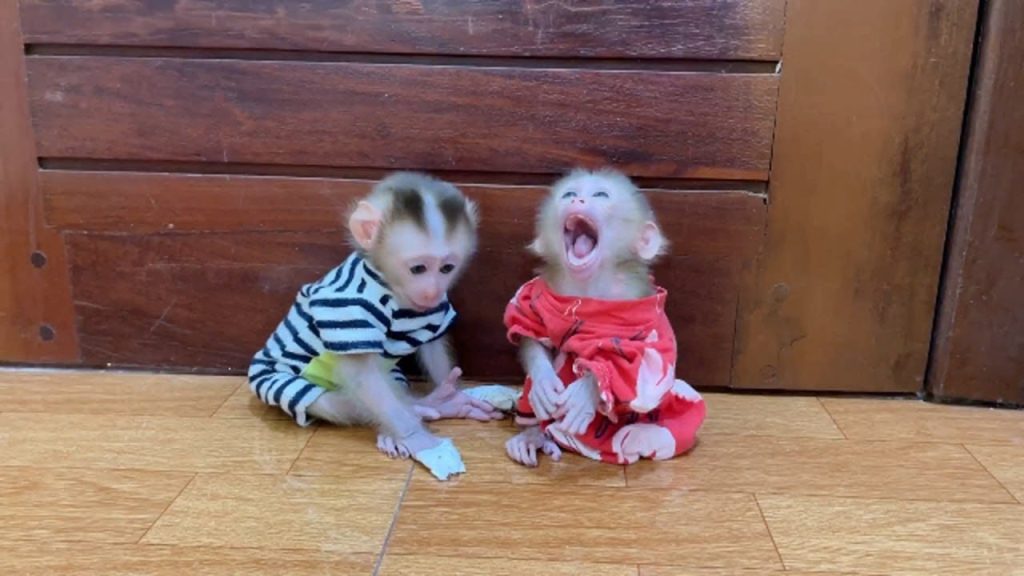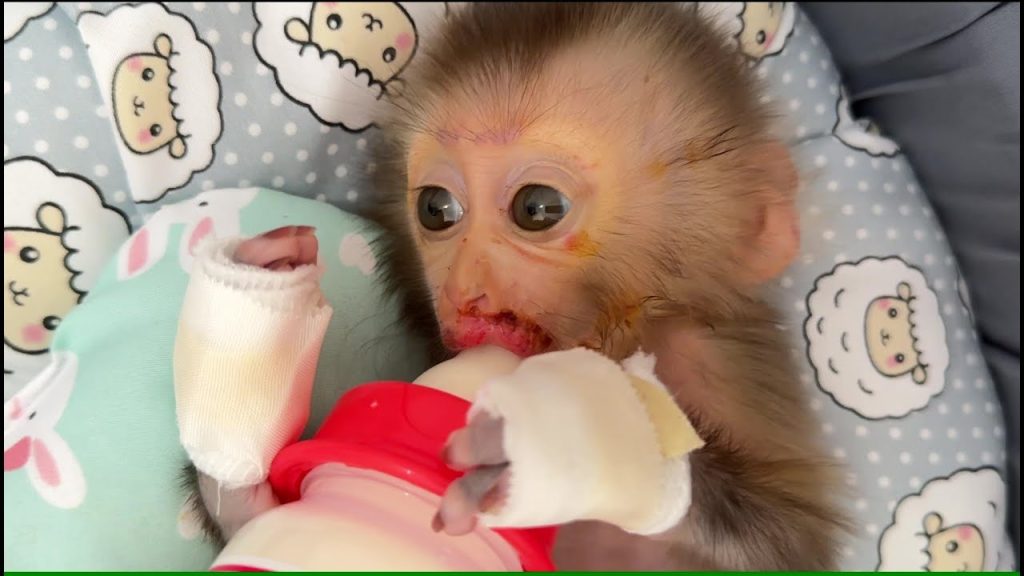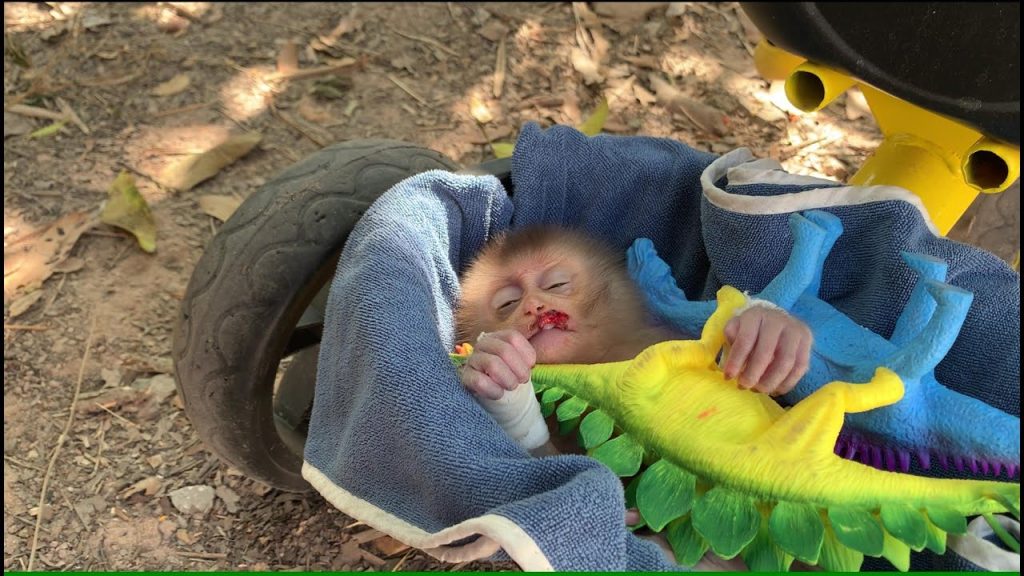
The life of wild animals in the forest is filled with beauty, risk, and daily struggles for survival. Monkeys, in particular, live with a mixture of joy and danger. They are agile, curious, and playful, but their curiosity often brings them into contact with threats that are not natural to the forest. One of the greatest dangers comes not from predators, but from the wires humans stretch across their world—high-voltage electricity lines.
To a monkey, a power line looks no different from a strong branch or vine. It hangs across the sky, perfect for climbing, swinging, and traveling quickly from one place to another. But hidden within the black cables is an invisible enemy—electric current powerful enough to kill in seconds.
One tragic afternoon, a small group of monkeys leapt from the treetops toward a row of wires. Their chatter filled the air as they moved playfully, testing each cable with their hands and feet. From the ground, villagers stopped to watch, smiling at the acrobatics. It looked like a performance in the sky.
But the mood changed instantly. One monkey, a young male, stretched his arm carelessly and touched a live wire with both hands. A bright spark flashed, followed by the sharp crackle of electricity. The monkey screamed in agony, his body stiffening. Smoke rose from his fur as he writhed, unable to let go. The troop shrieked in alarm, leaping back to safety, while humans below gasped in horror.
The unlucky monkey dangled helplessly, still gripping the wire as his strength failed. Within moments, he collapsed, falling hard to the ground. His body twitched faintly, but his cries had stopped. The troop gathered in the trees above, calling out nervously, their eyes wide with fear. For them, the fall of one companion was both a loss and a warning.
A rescue team rushed forward, carefully lifting the injured animal. His hands and tail were blackened with burns, his chest rising only shallowly. He was carried to a veterinary clinic, where specialists worked quickly to cool the burns, give fluids, and stabilize his breathing. For hours his survival remained uncertain.
Some monkeys never recover from such accidents. Many die instantly, while others survive but with permanent injuries—missing fingers, scarred tails, or weakened limbs. These wounds make survival in the wild even harder, as climbing, foraging, and escaping predators demand full strength.
The tragedy highlights a painful truth: the forest is shrinking, and with it, safe space for wild animals disappears. Power lines, though vital for human life, cut across the monkeys’ ancient pathways, turning what once were safe routes into deadly traps.
The unlucky monkey’s fate was a lesson for all who witnessed it. For the troop, it was a warning to avoid the wires. For humans, it was a reminder that coexistence with wildlife requires responsibility. Protective covers, insulated lines, and safer planning can prevent needless suffering.
The forest belongs to more than just people. It belongs also to the creatures who swing, leap, and live within its branches. Unless humans learn to respect that, more monkeys will pay the price of curiosity with their lives.


